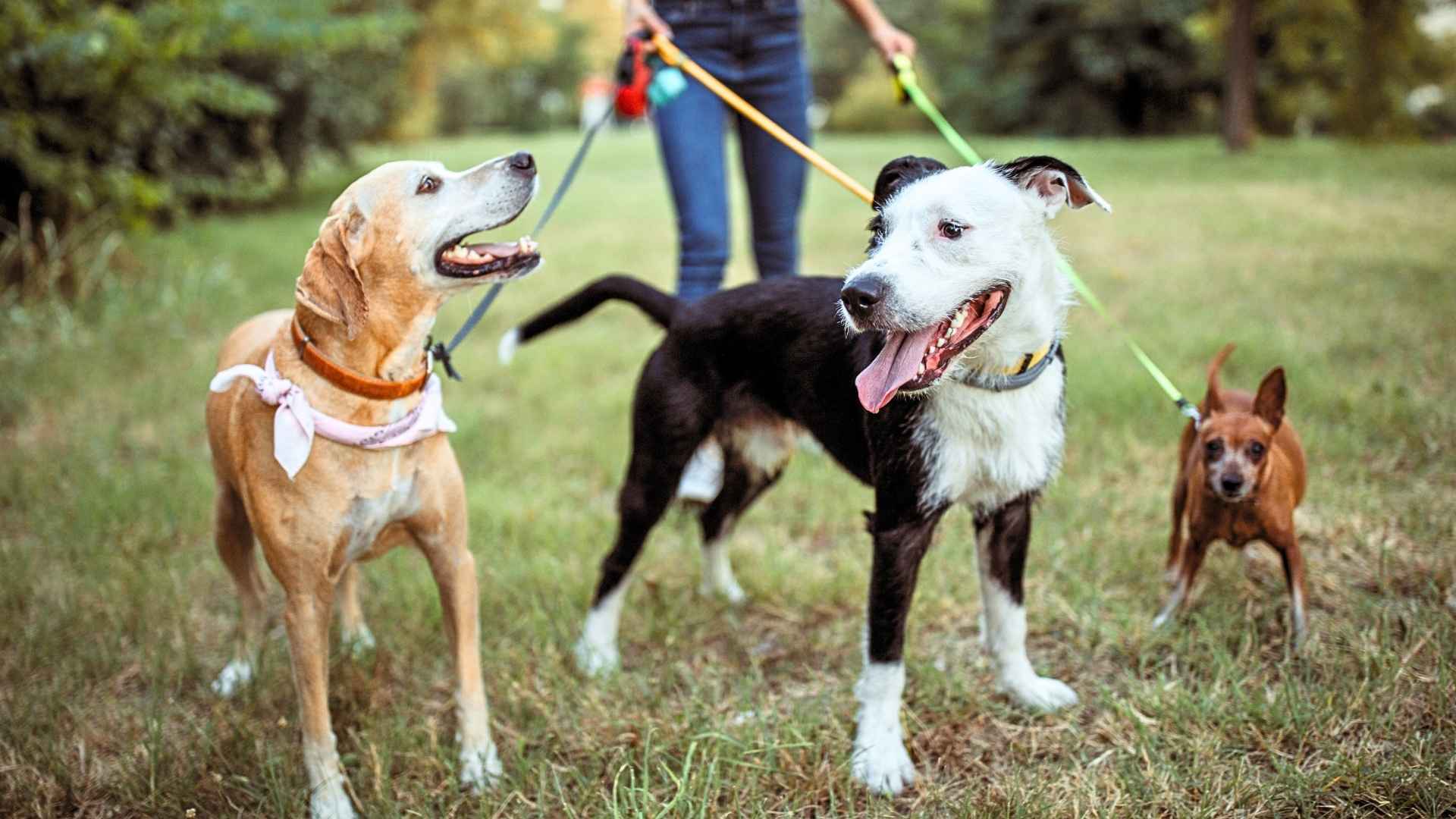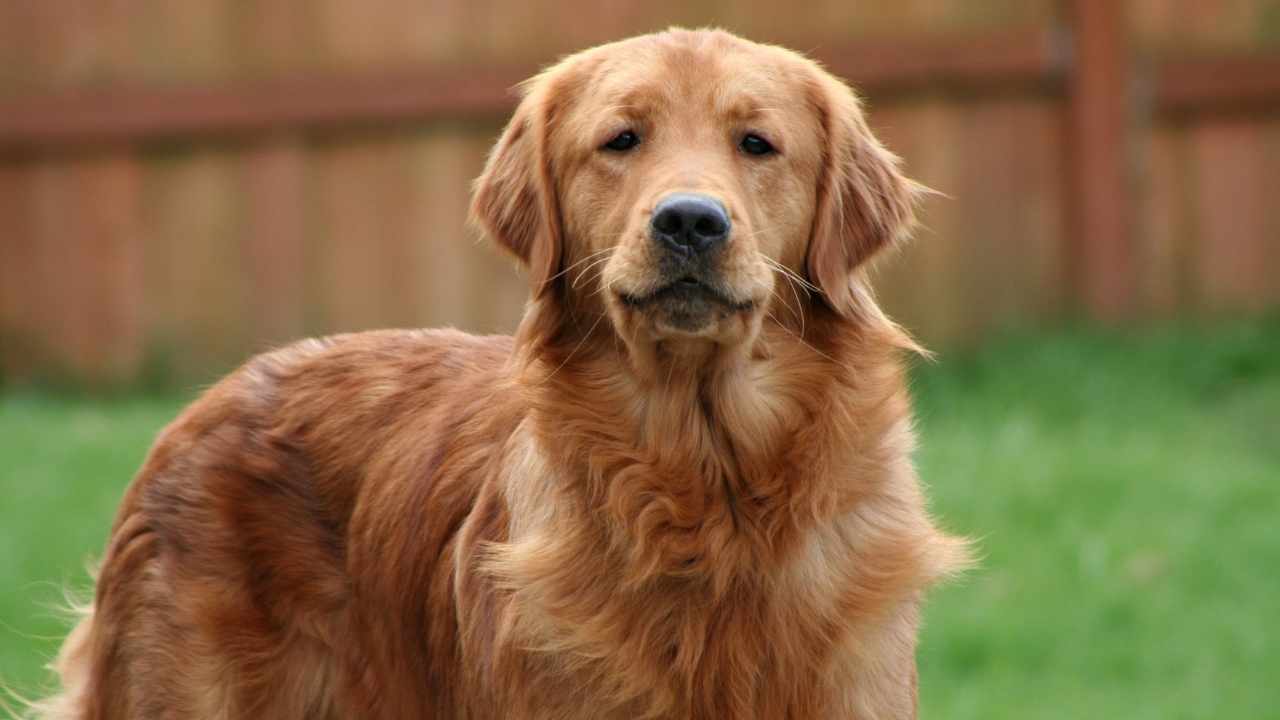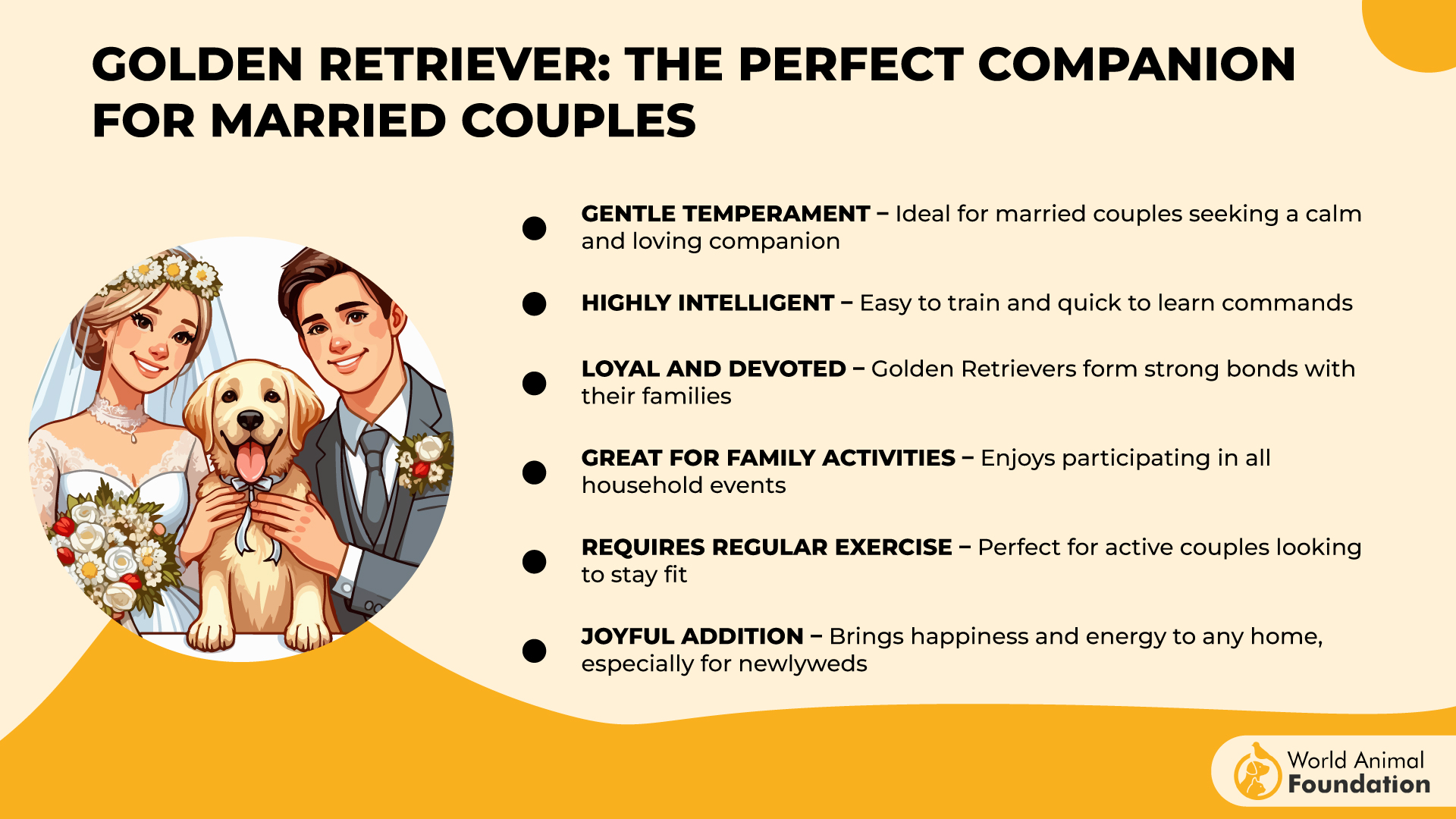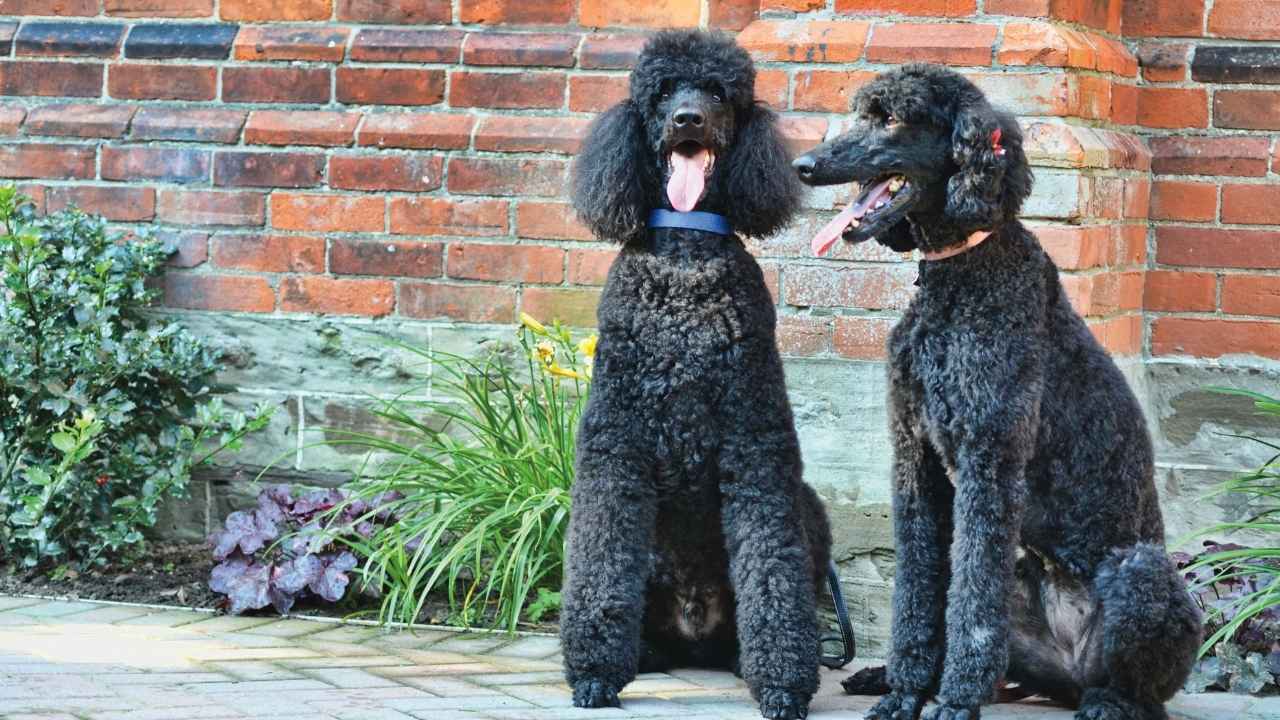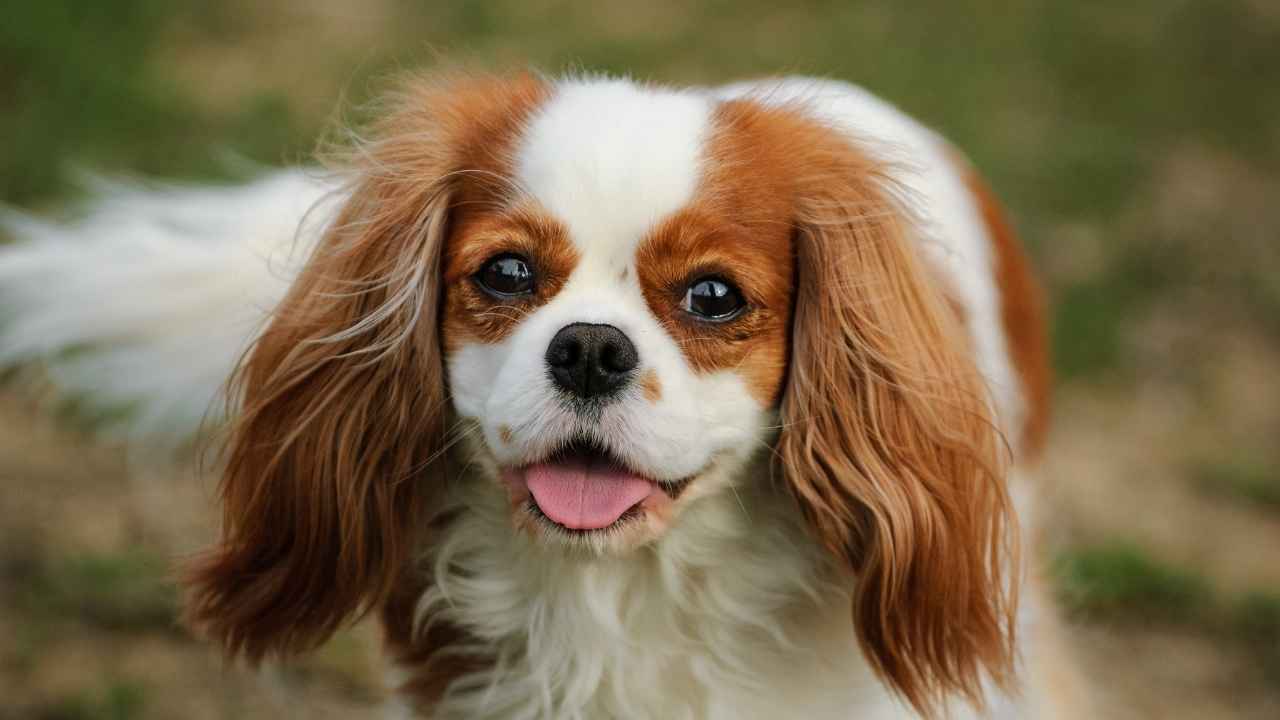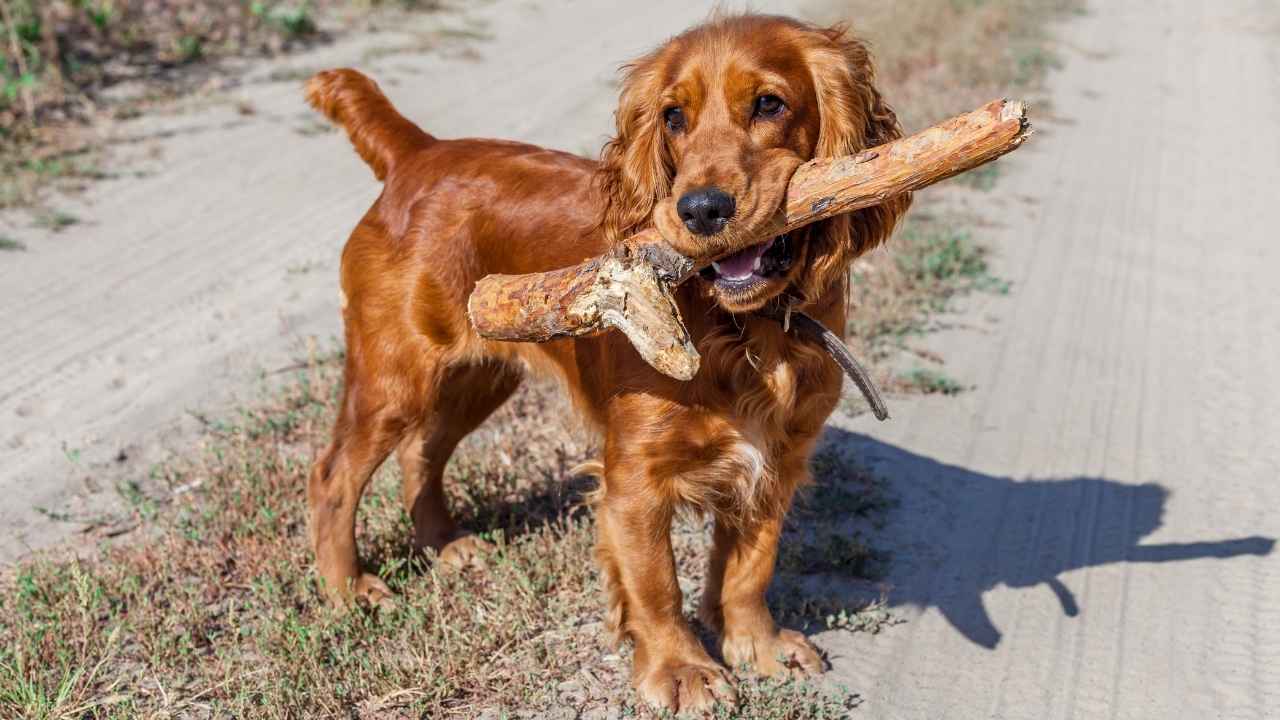In a world where harmony often feels elusive, the joy of a multi-pet household can bring unparalleled happiness and companionship. Navigating life with multiple furry friends can be a rewarding experience, especially when the right dog breeds are involved. Some dogs are naturally more inclined to coexist peacefully with other pets, making them ideal choices for a harmonious environment. This guide explores seven exceptional dog breeds known for their ability to blend seamlessly into multi-pet households, ensuring that both wagging tails and purring companions contribute to a joyful, balanced home life. Discover the breeds that promise not just coexistence, but genuine friendship.
Not all dogs are natural social butterflies—some prefer solo living. But in a house full of pets, choosing a breed that thrives alongside other animals is a game-changer.
Over 82 million U.S. households own a pet, and many have multiple animals under one roof. The wrong breed can create chaos, while the right one brings harmony and companionship.
A well-suited dog has the right mix of temperament, intelligence, and adaptability to form strong bonds with both humans and animals. They understand group dynamics and fit seamlessly into the pack.
From playful extroverts to patient peacekeepers, these dogs don’t just tolerate other pets—they love the company. Ready to find your perfect match? Let’s dive in.
7 Best Multi-Pet Households Dog Breeds
1. Golden Retriever
|
Exceptionally intelligent and eager to please |
Incredibly gentle and well-suited for multi-pet homes |
Sporting Group |
First off, if dogs had a diplomatic corps, Golden Retrievers would be running the show. Their friendly nature and calm demeanor make them excellent companions for other dogs, cats, and even smaller animals. With an easygoing nature that ensures smooth interactions, they thrive alongside multiple pets.
PDSA reports that Golden Retrievers are affectionate, playful, and gentle—meaning they don’t just tolerate other animals, they genuinely enjoy the company. They form strong bonds with humans and pets alike, making them a harmonious addition to any family.
Since they’re highly intelligent, training is a breeze. Use positive reinforcement and early socialization to help them coexist peacefully with existing pets. They love structure, so keep a consistent routine to manage group dynamics.
The only downside? Their wagging tails can take out a coffee table in seconds. But hey, a small price to pay for one of the best dog breeds for multi-pet environments!
2. Labrador Retriever
|
Highly trainable and eager to please |
Outgoing personality and playful energy make them ideal companions |
Sporting Group |
Labrador Retrievers are the life of the party—if that party includes humans, dogs, cats, and even rabbits. Their outgoing personalities and adaptable nature make them well-suited for multi-pet homes, and their friendly temperament means they welcome new family members with a wagging tail.
Labs are muscular, athletic, and full of playful energy. They love to form strong bonds with both people and pets, making them great companions for existing pets. Plus, their easygoing nature ensures that even smaller animals feel safe around them.
Training a Lab? Piece of cake. They respond well to reward-based training and are naturally inclined to please. Just watch out for that boundless enthusiasm—it’s adorable but can be a bit overwhelming for more timid pets.
Bonus: Labs are food-motivated, so socialization with other pets can be as simple as offering treats during introductions. Who says bribery doesn’t work?
3. Beagle
|
Moderate but responds well to consistent training |
Beagles thrive in group dynamics due to their pack mentality |
Hound Group |
Beagles are natural pack dogs, which means they’re born to coexist peacefully with multiple animals. With a playful nature and friendly temperament, they’re pros at managing group dynamics in a multi-pet home.
Their gentle demeanor and easygoing nature make them a great choice for households with other dogs and even cats. However, their strong prey drive means smaller animals (like guinea pigs and rabbits) might not be the best housemates unless socialized early.
AKC notes that training a Beagle takes patience—they’re independent thinkers, thanks to their hunting background. But once you establish leadership with consistency and positive reinforcement, they become incredibly gentle, well-mannered family members.
Pro tip: Beagles are talkers. If your other pets don’t mind a little howling, they’ll fit right in!
4. Standard Poodle
|
Exceptionally intelligent and eager to learn |
Calm demeanor and ability to read social cues make them excellent companions. |
Non-Sporting Group |
Standard Poodles might look fancy, but don’t let the curly coats fool you—they’re brilliant, adaptable, and thrive alongside multiple pets. Their calm demeanor and ability to read social cues make them a harmonious addition to any animal family.
Purina claims that because they’re so intelligent, training is ridiculously easy. They pick up on routines fast and understand how to balance group dynamics without causing chaos.
While they’re naturally friendly, early socialization helps them bond with existing pets. Introduce them slowly, reward good behavior, and watch as they effortlessly become the peacekeepers of the house.
Bonus? No shedding. Your vacuum will thank you.
6. Cavalier King Charles Spaniel
|
Easy to train and highly people-oriented |
Gentle and thrives in multi-pet environments |
Toy Group |
Cavalier King Charles Spaniels are small dogs with big hearts. Their gentle demeanor and affectionate nature make them ideal companions for multiple pets, whether it’s another dog, a cat, or even smaller animals.
Their easygoing nature ensures smooth interactions with other pets, and they’re naturally inclined to befriend everyone. However, they do crave attention, so make sure they get plenty of love from their family members.
Training is simple since Cavaliers form strong bonds with their humans and aim to please them. Socialize them early to ensure harmony in your animal-filled household.
Bonus: They’ll happily curl up with any pet—or human—on the couch for a cuddle session.
7. Cocker Spaniel
|
Intelligent and eager to please |
Outgoing and well-suited for multi-pet homes |
Sporting Group |
Cocker Spaniels are friendly, affectionate, and naturally social. Their playful nature makes them great companions for other dogs and even cats.
They’re naturally inclined to form strong bonds with family members and thrive alongside other pets. Their gentle demeanor makes them safe around smaller animals as well.
VCA claims that training is easy since Cockers are eager to please, but early socialization is key to managing group dynamics in a multi-pet home.
Added bonus: Their long, silky ears are perfect for head scratches—just sayin’.
Tips for Introducing a Dog to Other Animals in a Multi-Pet Household
Successfully integrating a new dog into a home with other pets requires patience and strategy. Here are five crucial tips to ensure a smooth transition:
-
Slow and Supervised Introductions – First impressions matter! Introduce animals gradually in a neutral space, using leashes or barriers if necessary. Keep early interactions short and positive
-
Scent Swapping – Before they meet face-to-face, exchange bedding or toys between pets so they become familiar with each other’s scent. This helps create a sense of familiarity before direct contact.
-
Establish Boundaries – Set up safe zones for all pets, ensuring they each have their own space to retreat if needed. This prevents territorial disputes and allows a comfortable adjustment period.
-
Use Positive Reinforcement – Reward calm and friendly behavior with treats, praise, and affection. This builds positive associations and encourages peaceful coexistence.
-
Monitor Body Language – Pay close attention to how each animal reacts. Signs of stress or aggression (like growling, hissing, or stiff posture) mean it’s time to slow down and reassess the process.
Final Thoughts
Even the best dog breeds need proper introductions and training to coexist peacefully with other pets. Understanding your existing pets’ personalities and ensuring a patient demeanor in your new pup is key to a smooth transition.
While the breeds listed excel in multi-pet environments, other fantastic choices include the Australian Shepherd and Border Collie—both known for their herding instincts and intelligence. These breeds thrive in family life, but their herding background means they may try to organize your household!
Some breeds, like the Great Dane and Boxer, have a muscular build but a surprisingly gentle nature, making them wonderful additions to a home with different species. Just be mindful of their size around smaller animals.
No matter the breed, early training, proper introductions, and an understanding of group dynamics will ensure your animal family members live in harmony. Whether adopting a puppy or an older dog, the right choice will help your dogs thrive in their new home.
In summary, selecting the right dog breeds is essential for maintaining harmony and happiness in multi-pet households. Certain breeds, known for their sociable and adaptable nature, integrate seamlessly into environments with multiple animals. Breeds such as Labradors, Golden Retrievers, and Beagles are often highlighted for their friendly demeanor and tolerance, making them ideal companions in diverse pet settings. By choosing breeds with compatible temperaments, pet owners can foster a cohesive and joyful living situation, ensuring the well-being of all their animal companions. Ultimately, informed breed selection contributes significantly to a harmonious and enriching multi-pet household.

